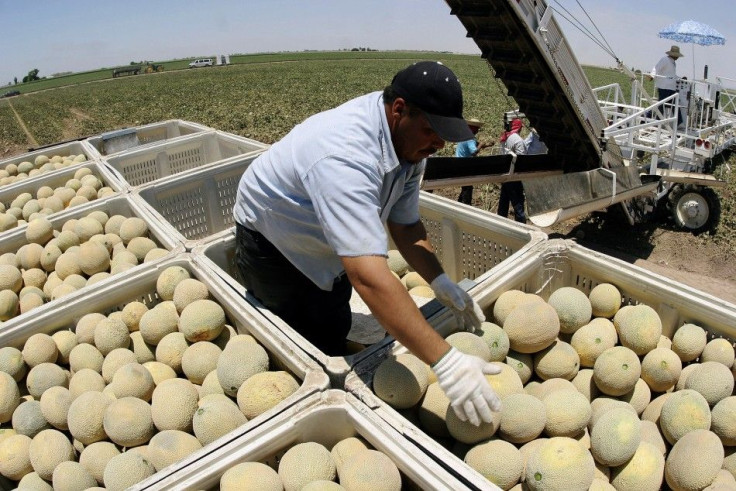India’s Inflation in December Drops to 7.47 Percent

India's headline inflation slowed sharply in December to a two-year low as food price pressure eased dramatically, but the Reserve Bank of India (RBI) is still expected to leave interest rates on hold next week as manufacturing inflation remained elevated.
The wholesale price index (WPI), the main inflation gauge, rose 7.47 percent from a year earlier, slowing from a 9.11 percent rise in November, roughly in line with the 7.50 percent increase forecast in a Reuters poll.
The headline inflation has come down because of food inflation easing and due to a positive base effect, but the manufacturing momentum is strong, said Sonal Varma, economist with Nomura in Mumbai.
From the RBI's perspective, core inflation is still elevated, and so we are not expecting any rate move from the central bank on January 24, she said.
The December reading is the lowest since December 2009.
India's economic growth is slowing after a prolonged bout of monetary policy tightening that has seen 13 interest rate increases since March 2010, as well as sluggish investment and weak global conditions.
Some analysts expect the economy to struggle to achieve a 7 percent growth rate for the fiscal year ending in March.
With little fiscal space for government stimulus, pressure is growing on the central bank to begin easing monetary policy, although few expect it to begin cutting interest rates as soon as January 24, when it holds its next quarterly policy review.
The yield on 10-year bonds rose 4 basis points to 8.19 percent, while stocks were little changed. The benchmark five-year swap rate rose 3 basis points to 7.10 percent, while the one-year rate climbed 3 bps to 7.87 percent.
The RBI left interest rates unchanged last month after raising them by a total of 375 basis points since March 2010, and its rhetoric since then has been suggesting that growth concerns are moving centre stage.
Food inflation tumbled to 0.74 percent in December from 8.54 percent in November, while fuel inflation was 14.91 percent compared with 15.48 percent, the data on Monday showed.
Manufacturing inflation was at 7.41 percent compared with a reading of 7.7 percent in the previous month.
The rupee fell about 16 percent in 2011, aggravating fuel inflation in a country that imports nearly 80 percent of its crude requirements.
Traders and economists are divided on whether the RBI will cut the cash reserve ratio, the proportion of deposits that banks must keep as cash with it, at its review next week.
I am looking at a CRR cut in the monetary policy on January 24 but the RBI will wait to see whether the drop in inflation is sustained before they cut the repo rate, said Abheek Barua, chief economist at HDFC bank in New Delhi.
The RBI is expected to continue its current practice of buying government bonds in the open market to add cash to the banking system and ease the liquidity crunch, analysts say.
Recent economic data could provide some breathing space to the central bank. Industrial output recovered in November, posting its fastest growth in five months.
Separately, manufacturing activity surged to a six-month high in December, while services grew at their fastest pace in five months.
Car sales, after falling for four months, rose for a second month in December, climbing 8.5 percent from the same month a year earlier.
© Copyright Thomson Reuters 2024. All rights reserved.





















